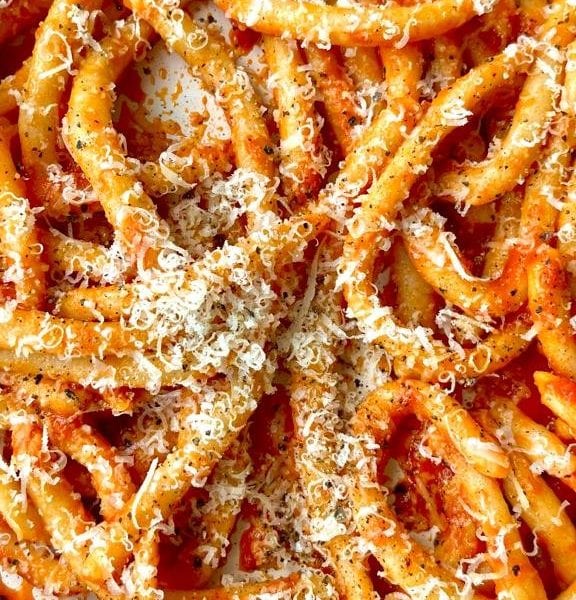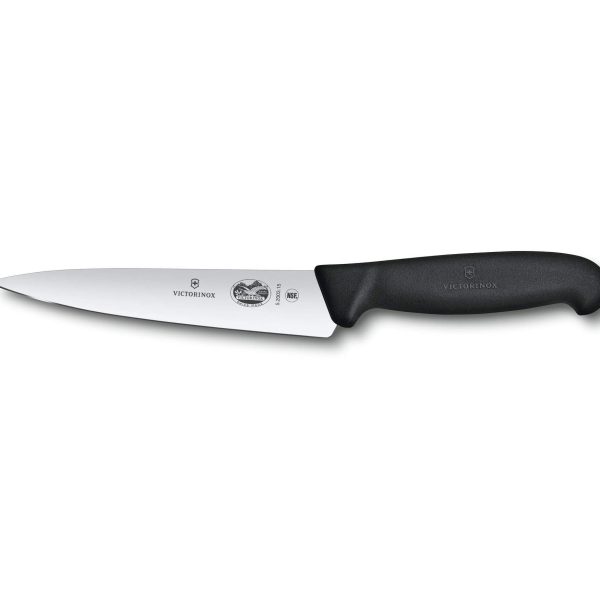 Buy Now →
Buy Now → Homemade Pici Pasta Recipe
- Prep Time: 30 minutes
- Cook Time: 5 minutes
- Total Time: 35 minutes
- Yield: Serves 4
Ingredients
Scale
- 400g semolina flour + a little more to sprinkle
- 190ml warm water
- 10ml extra virgin olive oil
For the tomato sauce
- 2 garlic cloves, crushed
- 400g tinned tomatoes Tomatoes
- Handful of fresh basil (don’t waste the stalks, we can use them too)
- Salt
- Pepper
- Olive Oil
- Parmesan
Instructions
- Add a good glug of olive oil to a saucepan and fry the garlic on medium-high. Add the chopped tomatoes, followed by the basil. Bring to a simmer, reduce the heat and cook for 15-20 mins until reduced. Season with salt and pepper.
- On a clean work surface, tip out the semolina and make a well. Pour in the water and olive oil and slowly start to incorporate the flour into the water using a fork. Once it’s coming together, use your hands to knead the dough together for 10 minutes. Then cover and leave to rest for 1 hour.
- Once rested, cut into 4 quarters. Then roll out to a rectangle around 2cm thick. It doesn’t have to be even and some thickness is fine. Brush with some olive oil. Slice into strips then use your hands to roll and stretch each strip out into a thick, rounded spaghetti-like shape (but thicker!). Sprinkle with more semolina once shaped together to stop clumping.
- Boil in very heavily salted water for 2-3 minutes until they float. Toss in the sauce and top with parmesan and black pepper.
Find it online: https://desertislanddishes.co/homemade-pici-pasta-recipe/

